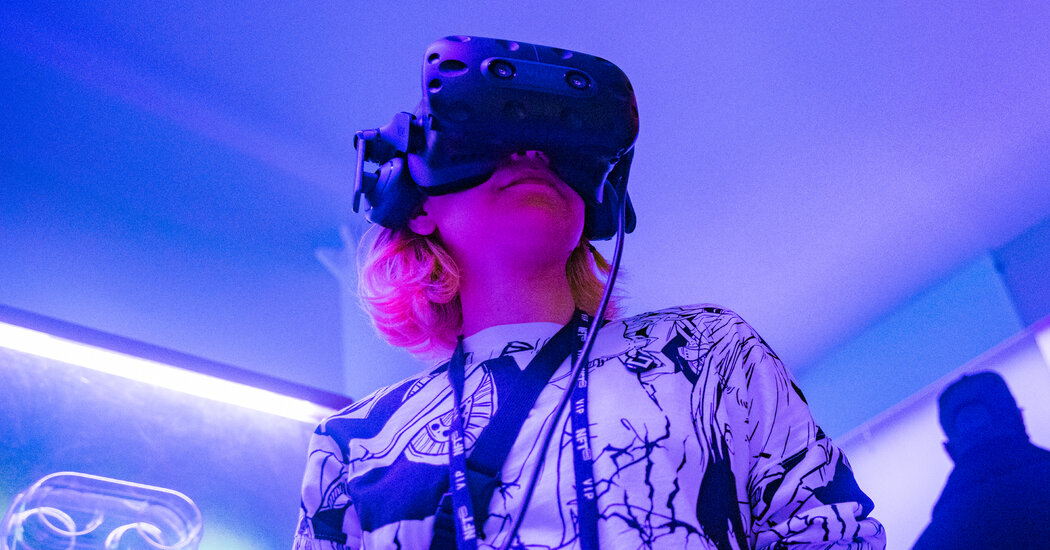
Virtual reality is also somewhat advanced in video games. In 2016, Sony released the $400 PlayStation VR, a virtual reality headset that plugged into its PlayStation 4 console to play virtual reality games. This month, Sony said a second-generation headset was coming for the PlayStation 5, though it did not share a release date.
But those were just steppingstones toward the complete metaverse, which is still taking shape. Technologists say that thanks to a number of things — fast internet connections, powerful virtual reality headsets and a large audience of gamers — it is now more possible to live in a richly animated, lifelike 3-D simulation.
What Is the Metaverse, and Why Does It Matter?
The origins. The word “metaverse” describes a fully realized digital world that exists beyond the one in which we live. It was coined by Neal Stephenson in his 1992 novel “Snow Crash,” and the concept was further explored by Ernest Cline in his novel “Ready Player One.”
“It’s only in the last few years that a critical mass of working pieces has come together,” Mr. Ball said.
What does Activision Blizzard build for the metaverse?
Truth be told, not too much.
Activision Blizzard is well known for making online games that have a metaverse component, where players spent hundreds of hours forming communities within the games. In its role-playing game World of Warcraft, released in 2004, gamers worked together online to complete quests in an effort to make their digital avatars stronger by collecting items like weapons and armors.
But the company has not dabbled in virtual reality. It has primarily made games for personal computers and game consoles but has yet to release a virtual reality game.
What is Microsoft building for the metaverse?
So far, Microsoft’s work on the metaverse has been nascent.
For several years, the software giant has developed the HoloLens, a $3,500 headset that shows digital holograms, with a focus on applications for businesses and government agencies. The device is related to augmented reality, which some technologists consider to be part of the future metaverse.
Microsoft is also the developer of the Xbox, the second most popular game console after the Sony PlayStation. But unlike the PlayStation, the Xbox has been conspicuously absent from the virtual reality gaming space.



